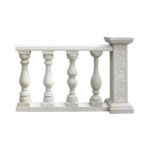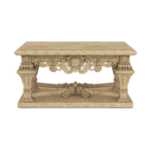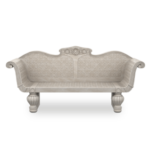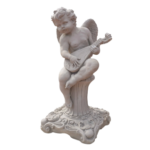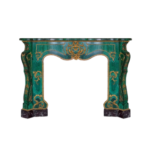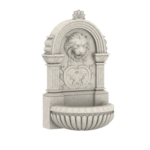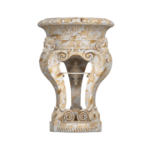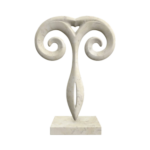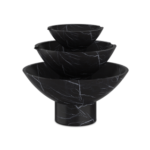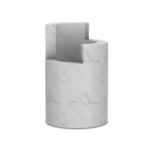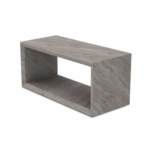July 5, 2021 Author: admin
The Transition of Marble from Greek to Rome
Always regarded as a material of prestige and timeless elegance, Marble is still used today to decorate properties all over the world that benefit from its many varieties and versatility.
It’s a metamorphic stone resulting from limestone being subjected to extreme pressure over long periods and is adorned by many for the luxurious look it can give to space.
We are confident that many of you are aware that the popularity of Marble did not begin in modern times but dates back to ancient Rome and Greece.
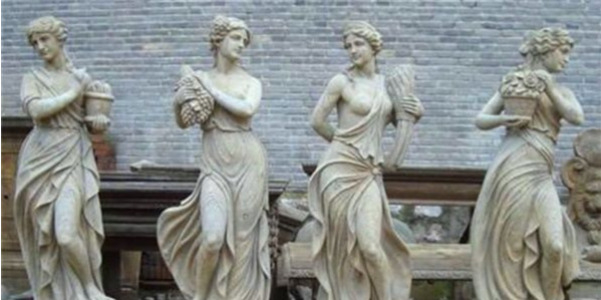
The Greeks and Romans are known historically for their contributions to modern building architecture, where white and off-white marble was used to build everything from hand-held sculptures to massive pillars.
While Ancient Greece and Ancient Rome are quite often confused, there are significant differences between the two. Ancient Greece flourished in the fifth century B.C., whereas Rome did not thrive for hundreds of years later.
Much of what Rome used in everyday life is thought to have been adapted from ancient Greek civilization, however with minor alterations, the same is believed for Marble.
Greek architecture inspired the Romans, who adopted the Grecian style; incorporated arches and aqueducts in their buildings.
Another architectural notation is that the Greeks used statuesque figures honouring the human form, while Romans seemed to focus more on building design and technique.
Aren’t they distinct? When you look closely at their artwork, you can visibly see how they used marbles in many different ways. We’ve listed some down to make it easier for you!
Choice of Materials
The Hellenes used materials like wood, plaster, metals and Marble to create their architecture.
Although the Romans used some of the same materials as the Greeks, they were also responsible for introducing concrete as a new building material, something the Greeks never had.
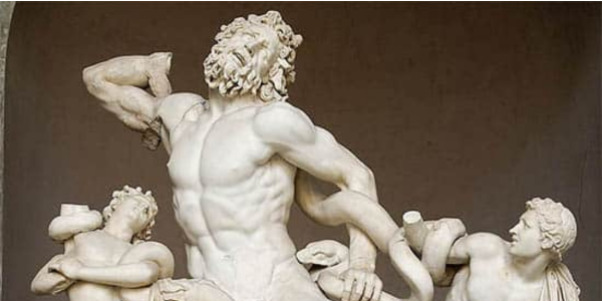
In addition, Greeks preferred white and cream marbles for their superior quality and ease of carving.
However, the Romans were not satisfied with white marble. They began to import coloured marbles after discovering the variety of polychrome version in the eastern Mediterranean.
Incorporation of Paints
The simple, natural beauty and almost transparent quality of the marble used in Cycladic figurines have long piqued viewers’ interest.
Still, as we now know, the white stone was essentially a blank canvas that sculptors often enhanced in the final stages of their work with brightly coloured paints.
It wasn’t just marble figurines; modern laboratory analyses have revealed traces of prehistoric colour on marble and clay vessels, even on bone tools.
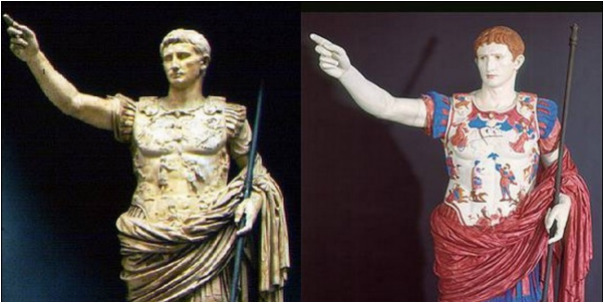
Although white marble is commonly associated with sculpture, Greek statues were frequently made in bronze in the early classical period. During this high classical period and after, sculptures were made of white marble and often painted.
Yes, they were colourful!
On the other hand, Roman sculptors also used primarily white marble, though they did not paint their sculptures as Greeks did.
Choice of Subject
Greek sculptures primarily depicted Gods and mythological scenes and figures. These 3D models were often sculpted as “heroic nudes”.
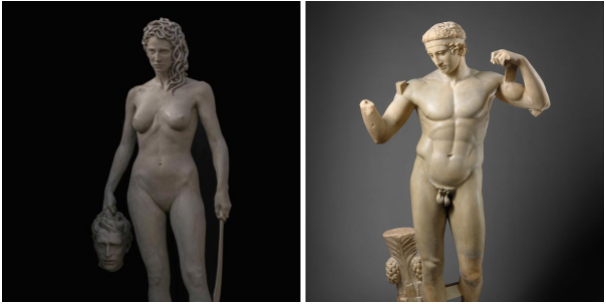
Roman sculpture, which includes many copies of Greek statues, is also concerned with mythology, but the difference is that Romans frequently featured emperors and naturalistic examples of individuals.
Free-standing Sculptures
The images of people in Greek sculpture reflect the Greek culture‘s emphasis on reason, moderation, and symmetry.
The Romans adopted many elements of Greek art but added a more naturalistic and ostentatious style.
Greek statues and sculptures depict calm, ideal figures in nudes, whereas Roman sculpture was highly decorated and concerned with realistic depictions.
Even though Ancient Grecian and Roman ears were over 2,000 years ago, most people still appreciate marble for all the features it brings out.
Today, marble is used for a wide range of structural and aesthetic purposes.
Check out our collection if you are looking to incorporate luxury marble or marble statues in your home. You will not be disappointed!
We even offer customization to ensure that you get exactly what you had in mind!
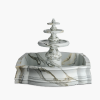
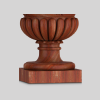


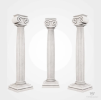
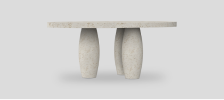


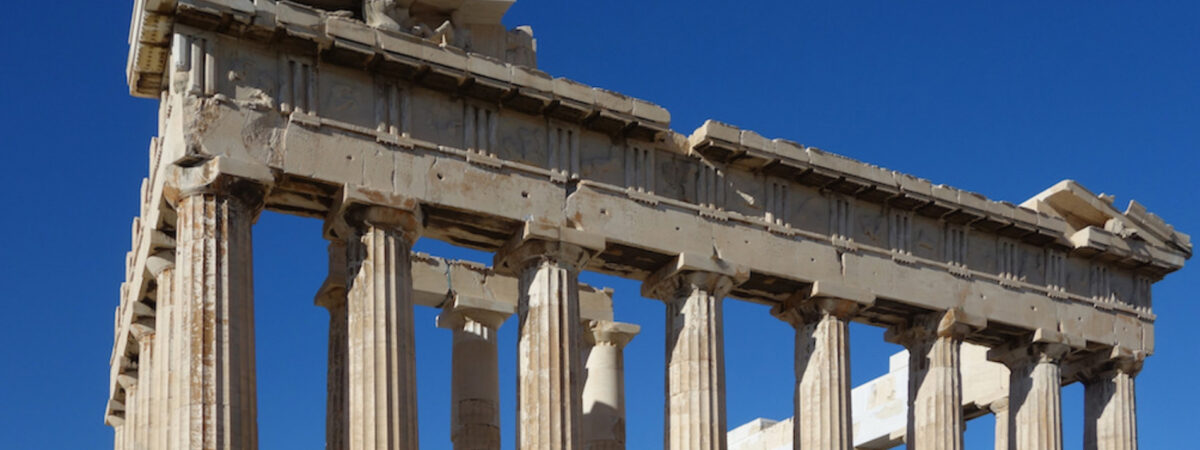

![- 17 Inspiring New Driveway Landscaping Ideas [2022]](https://phpstack-949241-3334629.cloudwaysapps.com/wp-content/uploads/2022/06/dorian-mongel-JM9RCH-cbYo-unsplash1.jpg)
![- 7 Florida Landscaping Ideas To Enhance Your Yard [2022]](https://phpstack-949241-3334629.cloudwaysapps.com/wp-content/uploads/2022/06/derick-mckinney-dlzCGn5LndM-unsplash.jpg)
